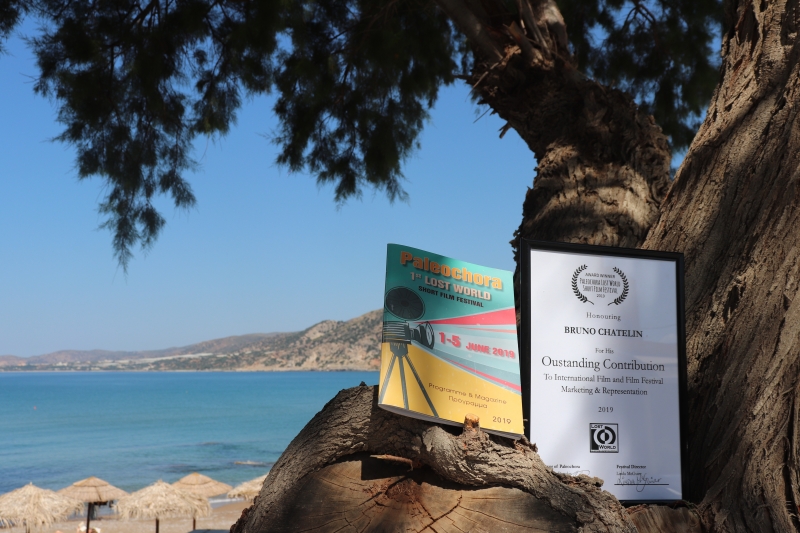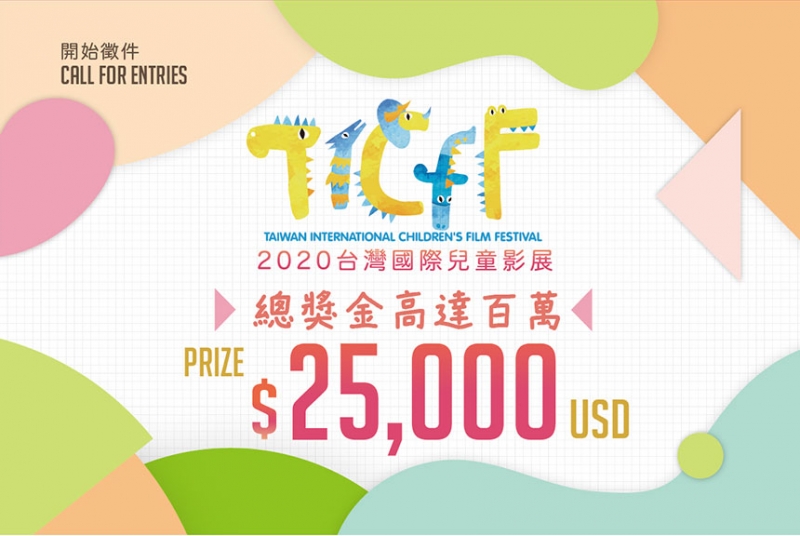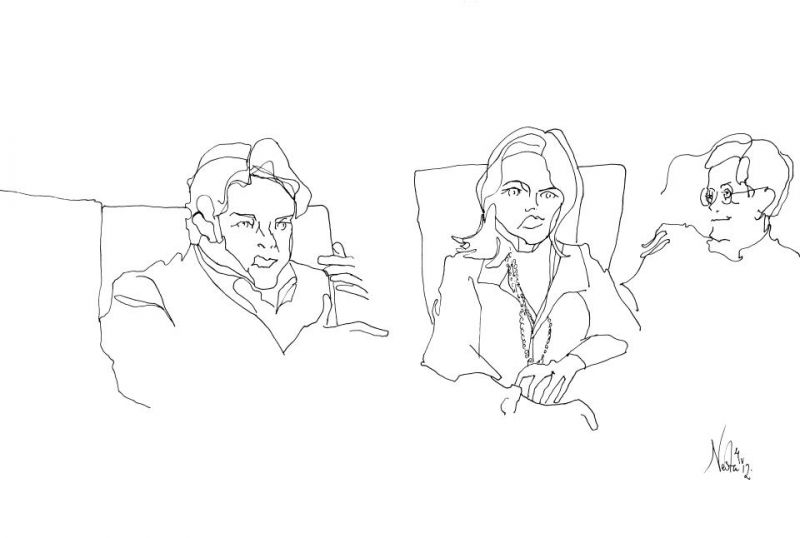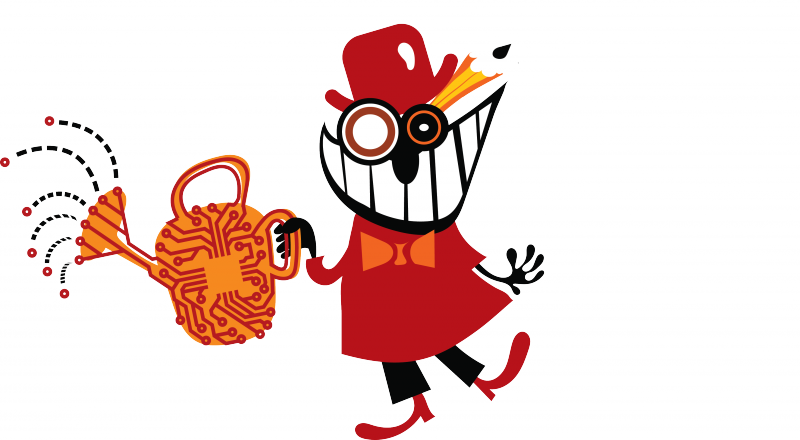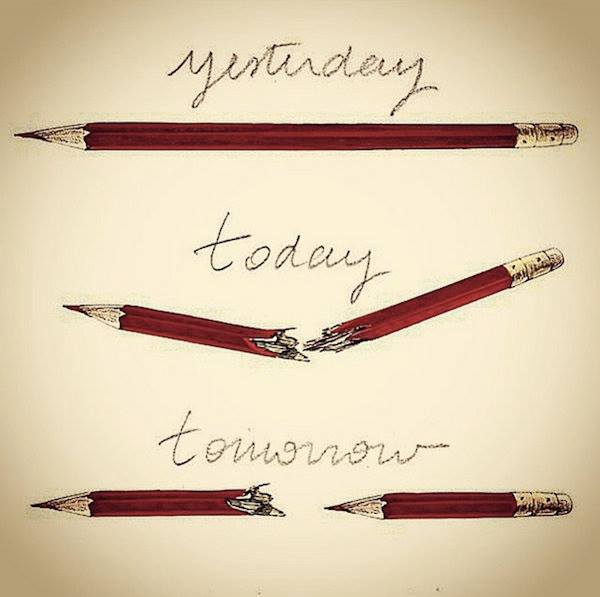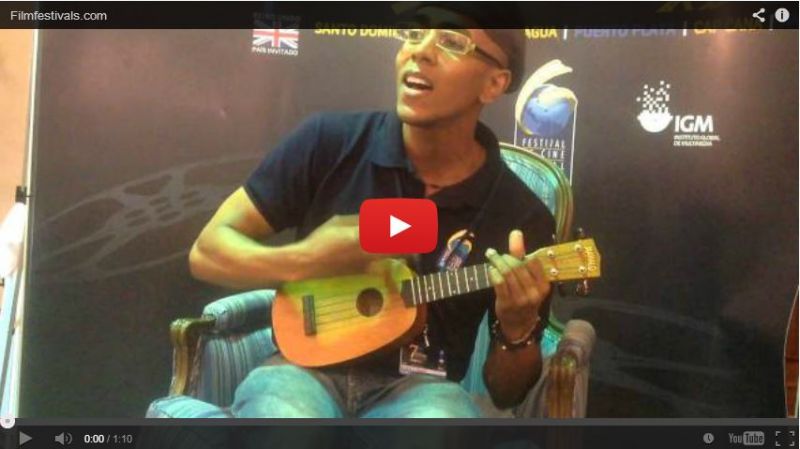For
New Polish 3D Blockbuster Screens in LA
by Alex Deleon
Polish director Jerzy Hoffman (born 1932) has only made 14 films in a 45 year career, but half of them have become landmarks of Polish cinema and he is regarded as one of the outstanding Polish film directors,
a sort of Polish Cecile B. DeMille in terms of the grandness of his projects.
His latest opus is called "Bitwa Warszawska, 1920" (The battle of Warsaw, 1920) and is another massive epic to rank with his earlier "Fire and Sword" (1999) which, when it came out was the costliest Polish film ever.
Styled here as "1920 The World's Most Important Battle in 3D", it was shown at a special invitational screening in Hollywood in a subtitled print, presumably for the benefit of the local Polish community and industry honchos who may be interested in picking it up for local distribution.
Director Hoffman himself could not attend due to health problems but in a special clip before the film he makes a moving address to the overseas Polish public in which he appeals to their nostalgia for the Homeland and
assures them that little Poland is in no way behind the "Big European nations and America" when t comes to cutting edge film technology. The proof of the pudding is the current film, Poland's first venture into 3D, with the considerable assistance of German stereographers.
Whether the 3D is an enhancement of the story or not will be a matter of taste, but it is certainly there in all its gory glory -- and this is, among other things, one of the goriest war films I have ever seen. Intensely Bloody
battlefield action takes up much of the second half of the picture with massive cavalry charges that remind one of Kurosawa's epic horse action in "Kagemusha" -- minus the machine guns of 1920 which double the carnage.
The story of the decisive defeat of an invading Russian army at the gates of Warsaw in 1920, known in Poland as "The Miracle of the Vistula" is part of every Polish person's 20th century Polish Mystique and a matter of
collective national pride, but is little known outside of poland except to academic historians.
The short story is this: Following the Bolshevik revolution of 1918 Russia dropped out of WW I and became engaged in a bloody civil war between Reds and Whites and also in a war of attempted secession by the Ukraine. Lenin was now in power and was hoping to export the communist revolution to other countries staring with Poland its immediate neighbor.
The first objective of this Bolshevik thrust was Warsaw but the Poles, even though heavily outnumbered, under the skillful leadership of Marshal Pilsudski (who later became president of Poland) inflicted a crushing defeat on the invading Russians thus preserving the independence of the newly liberated Polish republic -- until Hitler came along in 1939.
A pre-titles intro to the film does a very slow sweep over an incredibly detailed mockup of the destroyed city of Warsaw at the conclusion of WWI in 1945 -- thus placing the story of the 1920 events in a far broader context.
While this is primarily a war picture recreating the drama of those days both politically and on the battlefields, it is encased in a love story with a slightly Zhivago feeling to it. In short, Hoffman serves up a sweeping panorama of an event which is like a mini Gone with the Wind to the average Pole, revealing in the process how in their early days of power Lenin and
Stalin schemed to take over Poland -- while using the film as a platform from which to condemn Communism at every turn -- another issue close to Polish hearts since their own home-bred Communists ripped the country off for over forty years.
The love interest is deftly played by debuting actress Natasha Urbanski (until now known as a dancer) and popular actor Boris Szyc. Pilsudski is played by aging one-time matinee idol Daniel Olbrychski, now all but unrecognizable except for the distinctive voice, and his assistant, Weniawski, is a another still very recognizable Polish screen idol, Boguslaw Linda, in a
rather small supporting role. However, whenever Olbrychski and Linda are on together there is a small shot of their old time flair. While Hoffman's new film is gigantic in terms of mounting, scope, and colorful detail, the complex political interplay and intrigues may be a little hard for outsiders to follow, and in the battle scenes which certainly capture the grisly
chaos of close quarter mayhem in the trenches as no other before, are so mixed up --especially in the final sequences that it is hard to keep track of which side you're rooting for and which side you're against. In the end our main lover, Jan Krynicki, has miraculous survived a ferocious bayoneting and is found on his hospital bed by young wife Ola, who had given him up for
dead, and in the meantime filled in as a front line machine gunner ... as the story comes to a happy conclusion.
PS: Enough horses to fill up two John Ford westerns for lovers of the equine species.
Bottom Line:
Epic spectacle tailor made for Polish taste and prejudices, but will probably be incomprehesible to Non-Poles. But --heck -- one helluva ride for war film buffs who don't care which side wins as long as there's plenty of 3D action and sawed-off limbs flying out of the frame. There is also a bit of "Cabaret" activity in there for buffs of that kind of luscious styling.
As for being "The World's Most Important Battle" it may seem like that to many Poles and will undoubtedly touch many contemporary Polish hearts, but others may find themselves puzzled and slightly overwhelmed.
Jerzy Hoffman (born March 15, 1932 in Kraków, Poland) is a major Polish film director and producer.
Alex Deleon
 Chatelin Bruno
Chatelin Bruno 

















